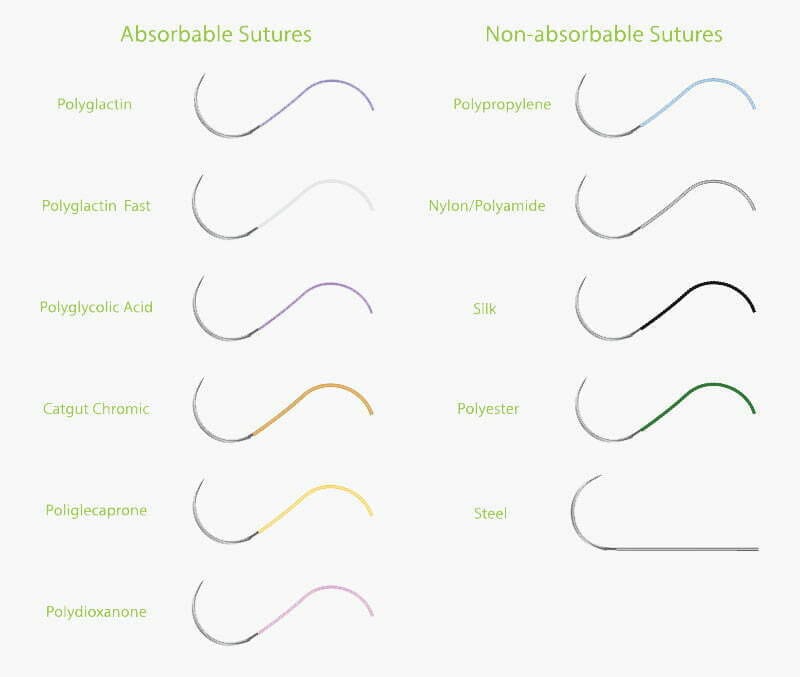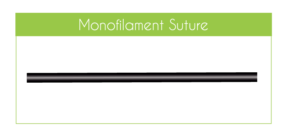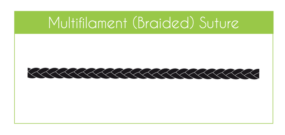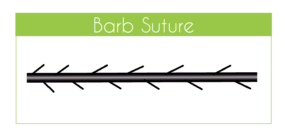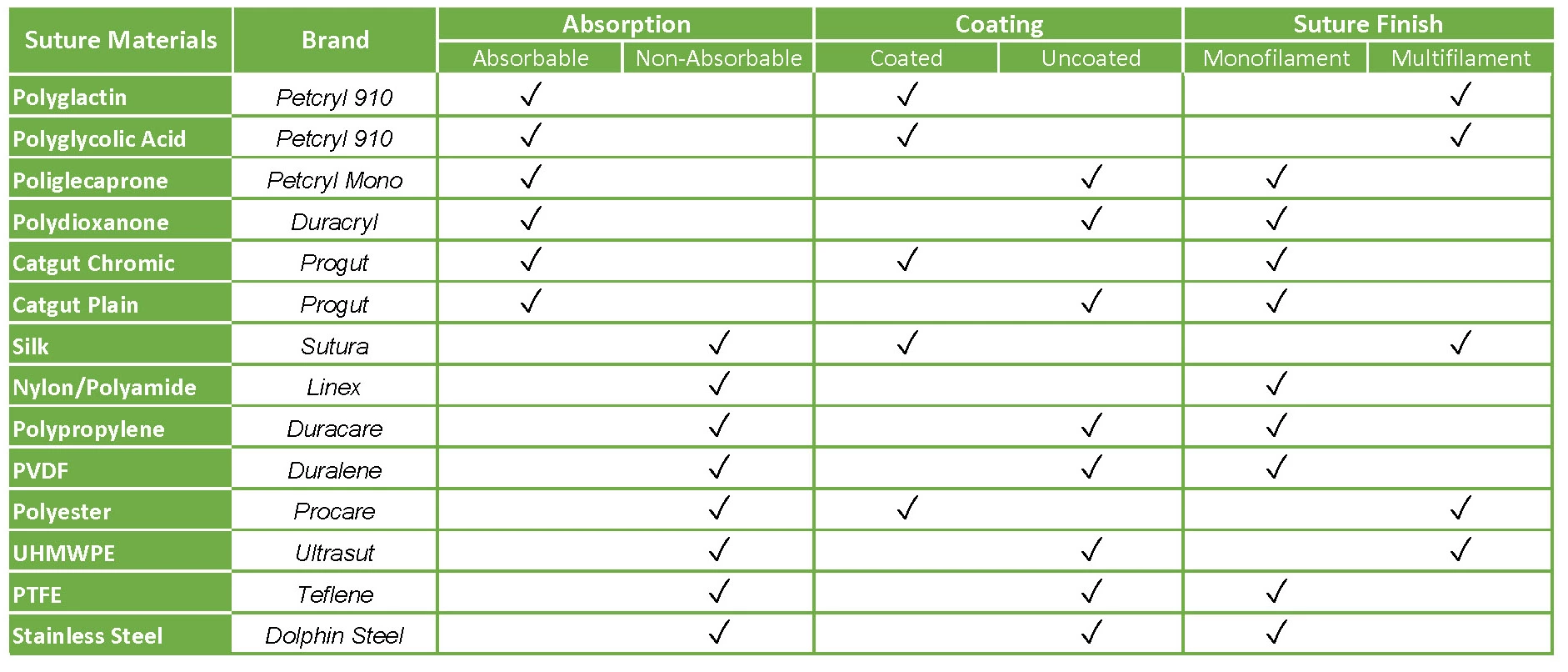What are the different types of sutures and how are they classified?
1. Absorbable and Non-absorbable suture materials
We can basically classify sutures into two types– those which are absorbable and will break down harmlessly in the body over time without intervention and those which are non-absorbable and must be manually removed if they are not left indefinitely. The selection of suture varies on the duration of the support required, the patient particulars, cost and choice of the Surgeons.
Sutures may be placed internally or externally and they need to be removed or left indefinitely. Often, materials which lie on the exterior of the body can be removed within minutes, and without re-opening the wound. As a result, absorbable materials are often used internally; non-absorbable externally.
Certain Sutures may need to be placed in a stressful environment, for example the heart (constant pressure and movement) or the bladder (adverse chemical presence) may require specialized or stronger materials to perform their role; usually such materials are either specially treated, or made of special polymers, and are often non-absorbable to reduce the risk of degradation.
Types of Absorbable sutures materials include :
Polyglycolic Acid, Polyglactin 910 , Catgut, Poliglecaprone 25 and Polydioxanone.
Types of Non-Absorbable sutures materials include :
Polypropylene sutures, Nylon (poylamide), Polyester, PVDF, PTFE, Silk, UHMWPE and stainless steel.

